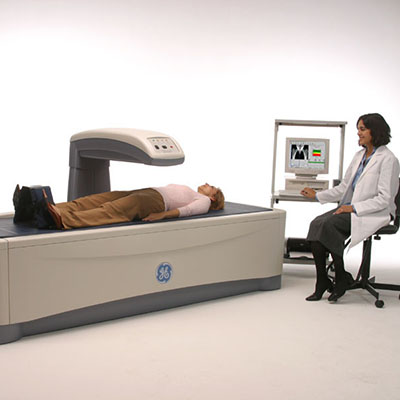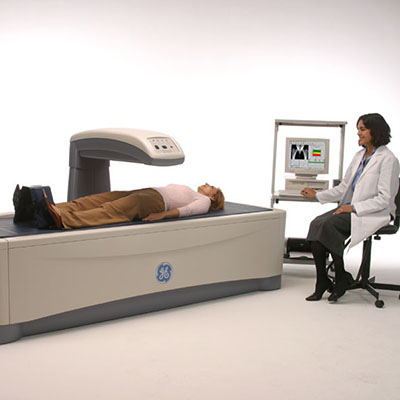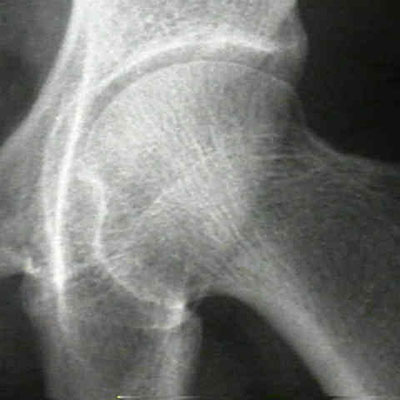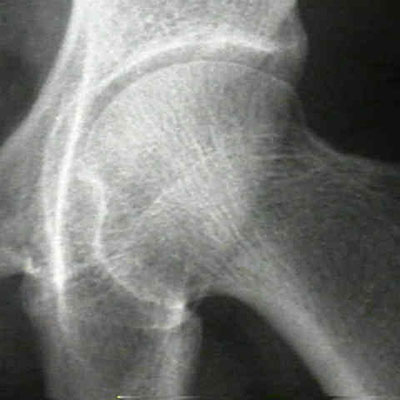Bone Density Scan
A bone density scan, also called DEXA or DXA (dual energy x-ray absorptiometry), is one of the most accurate ways to diagnose osteopenia or osteoporosis. Post-menopausal women are encouraged to get a bone density screening depending on age, family history and lifestyle issues.
Many people think bones are static support structures that don’t change once they are fully grown. However, bones are dynamic organs that change constantly at the microscopic level with new bone replacing old bone. As individuals age, the renewal process is less efficient, and the quality of bone decreases over time. There are no warning signs of this slow decline in bone health until a fracture occurs. Wrist, spine and hip fractures are the most common and can be devastating.
If you have any of these risk factors, speak to your doctor about getting a bone density test.
- Family history of osteoporosis
- Low body weight
- Low calcium diet
- Low physical activity
- Menopause before age 45
- Vitamin D deficiency
- Heavy caffeine use
- Frequent alcohol consumption
- Previous fracture
Exam
The DEXA scan [dual energy x-ray absorptiometry] is the gold standard exam for assessing bone mass and bone mineral content. It provides a bone density score related to the quality of your bones and other information not available from diagnostic x-rays. The radiation dose of a DEXA scan is low at just one tenth of a standard chest x-ray.
Facts
Some bone loss is normal each year after age 50, particularly in post-menopausal women and men over 70. One of every two women and one of every four men over age 50 will suffer a fracture related to osteoporosis.
“Source: American Academy of Orthopaedic Surgeons, February 2008 “
Preparation
No preparation is required for a DEXA exam. It takes a few minutes and is painless. Many women schedule their bone density scan the same day as their mammogram.




